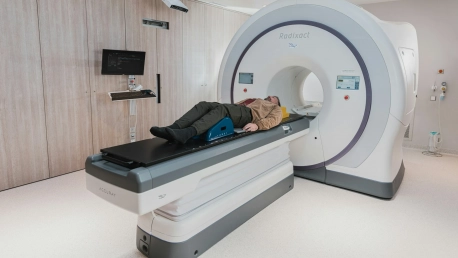Magnetic Resonance Imaging (MRI) is a potent tool in the medical diagnostic arsenal, offering detailed images of the body’s interiors without the need for invasive procedures. Utilizing strong magnets and pulses of radio waves, MRI scans target the natural magnetic properties of hydrogen atoms in the body, primarily within water and fat molecules, to create intricate pictures of tissues and organs.
The MRI Procedure
Each MRI session can take from 20 to 90 minutes, depending on the complexity of the area being examined. The patient is placed inside the MRI scanner, where they must remain still as the machine maps the targeted region. This results in high-resolution images that can reveal abnormalities or diseases, which are invaluable for medical diagnosis and treatment planning.
MRI Safety and Contrast Agents
A key aspect of MRI technology is its safety. Unlike X-rays, MRIs don’t use ionizing radiation, which can be a potential health hazard. Moreover, the procedure is often enhanced by using gadolinium-based contrast agents, which are generally considered safe but require careful administration by medical professionals.
The Future of MRI Technology
As MRI technology continues to advance, its applications become ever more precise, aiding in the early detection and management of numerous health conditions. This non-invasive diagnostic method exemplifies modern medicine’s push toward procedures that minimize patient discomfort while delivering maximal diagnostic benefit.









